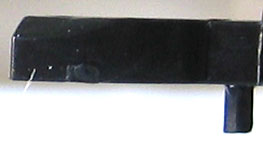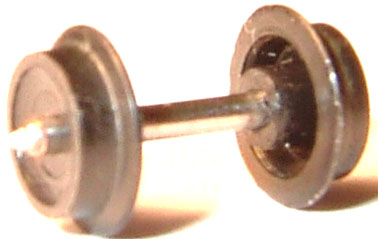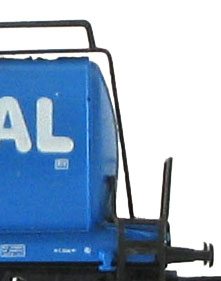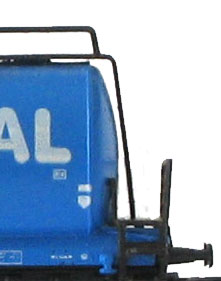About variations in regular catalog items
Over years of production the same model may have been produced with many variations. We typically use Koll's numbering scheme to identify them. Keep in mind Koll's last volume for Z was published in 1997 so we're likely omitting variations we're unaware of since then.
Almost all early models were produced with variations in the type of couplers and wheels.
Coupler type: Koll refers to the earliest coupler design as Kupplung 1 (type 1), typically 1972-1978. This was replaced with Kupplung 2 (type 2) in 1979. The top surface of the latter is beveled towards the point of the hook. In some cases the type 2 coupler came into play as early as 1977. The first picture is type 1, the second, type 2.


Wheel type: Koll calls the early wheel design Kunstsoff-Vollradsatz - full plastic. These were the norm from 1972 to 1973. They were replaced in 1974 with the Kunstsoff-Leichtradsatz or lightweight plastic, version and used through 1979. In 1980 metal models came with metal wheels. The first picture is "full", the second one is "lightweight" - based on the structure of the back of the wheel.


Brakes: Another common variation is the presence or absence of brake symbols (Bremszeichen) - painted indications on either end of the a car's sides. The first picture shows an aral tank car without brakes, the second, with brakes.


You'll also find variations based on whether or not the upper portion of the ends of the car (typically refrigerator cars) are painted the same color as the roof or painted the same color as the body.
Beyond these are as many other variations as one might imagine - subtle differences in shades of color, matte or gloss finishes, printing in different colors (even white on white), absence or presence of printing or markings, different type faces, logo styles or positioning of text and graphics, etc. Sometimes it's difficult to tell a legitimate variation (i.e., intentional) from a quality control issue.